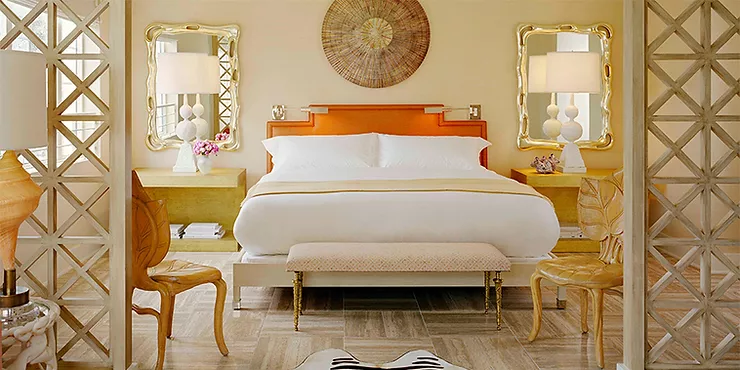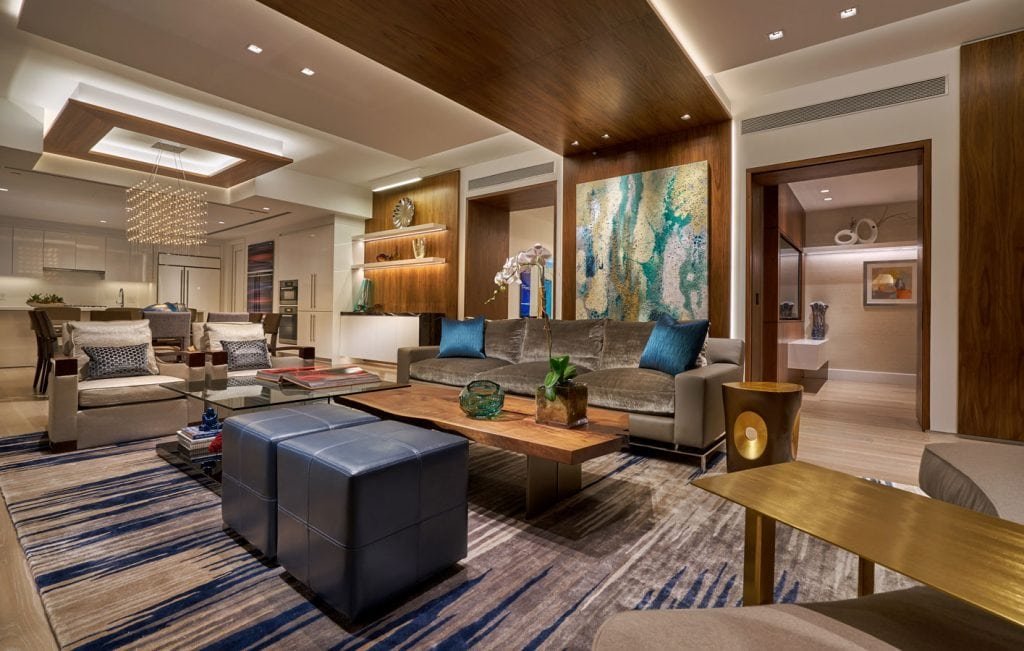7 Essential Principles of Interior Design
After reading this article, you will be able to establish the basic design principles of a designer to create a comfortable and non-trivial interior.
Let’s start from scratch and understand what interior design is…
Interior Design is a process that creates the feeling of a harmonious space through the manipulation of its volume and the different finishes of all its surfaces.
Interior design is a multifaceted creative practice that collects and analyzes significant amounts of information, and selects and implements a basic conceptual direction for all peripheral local solutions, providing all the necessary graphic documentation.
An interior designer in Lahore, based on the certain knowledge of ecology, psychology, and the basic laws of architecture and taking into account the design features of all elements of the object, without violating the harmony of space, creatively develops and ennobles the existing environment.
Now that you already have some understanding of interior design, let’s get acquainted with the basic principles of interior design.
Interior Designer wanted? Get your offer now
Unity and Harmony
When creating an interior in DHA Lahore, you need to think of the house as a single whole space, consisting of separate rooms connected by halls and stairs. Therefore, it goes without saying that the general style and idea extends to the whole house. This does not mean that all elements of interior design in Lahore should be the same. They should be combined and complementary to each other to enhance the overall composition.

Balance
For those just looking at this article, balance can be briefly described as evenly distributing the attractiveness or visual weight of elements in a space. Three types of equilibria are defined: symmetric, asymmetric, and radial. Symmetrical balance is usually found in typical traditional interiors. It is determined by the presence of the same objects that are repeated in the same positions on both sides of the vertical axis. For example, you can observe in the interiors of old houses where one-half of the space is mirrored exactly on the other half. Symmetry in the interior creates a sense of calm and order. This type of balance resembles a semblance of the structure of the human body, which is why we feel comfortable in such a balanced environment.

Asymmetric balance is common in modern practice. This is achieved with different objects that have the same visual weight or appeal. Asymmetric balance is messier and less sophisticated, but much more tedious to achieve harmony. Asymmetry implies movement, and therefore, the interior looks more dynamic.
Radial symmetry is when all design elements are positioned around a single center point. A common spiral staircase is an excellent example of implementing a radial scale. Although not commonly used indoors, this scale may offer an interesting implementation option if used correctly.
Interior Designer wanted? Get your offer now
Color and Texture for Cohesive Interiors
A well-designed interior relies on thoughtful color schemes and textures, and a construction company near me like Glorious Builders ensures these elements shine in your Lahore home. Collaborating with skilled interior designers, they implement cohesive color palettes and tactile materials—like natural wood or textured plaster—that enhance unity and harmony. Whether it’s a modern DHA Lahore residence or a traditional space, Glorious Builders delivers finishes that elevate aesthetics while maintaining structural integrity, creating a balanced and inviting environment.
Functional Design for Everyday Comfort
Interior design isn’t just about looks; functionality is key, and Glorious Builders, a trusted construction company near me, excels at bringing practical designs to life. Working with designers, they optimize layouts for storage, lighting, and flow, ensuring your Lahore home meets daily needs without sacrificing style. From built-in shelving to ergonomic kitchen setups, their construction expertise transforms creative concepts into comfortable, livable spaces tailored to DHA Lahore’s vibrant lifestyle.
FAQs
How can a construction company near me enhance my interior design project?
A construction company near me, like Glorious Builders, collaborates with designers to execute precise installations, ensuring your Lahore home’s design is both beautiful and durable.
What balance style should I choose for my home’s interior design?
Symmetric balance suits traditional homes, while asymmetric adds modern flair. Glorious Builders, a construction company near me, helps implement your chosen style in Lahore.
Can a construction company near me create a sustainable interior design?
Yes, Glorious Builders, a top construction company near me, uses eco-friendly materials and energy-efficient fixtures to craft sustainable interiors for DHA Lahore homes.
How do I find a designer through a construction company near me?
Glorious Builders, a reliable construction company near me, connects you with experienced interior designers in Lahore, ensuring their portfolio matches your vision.
What role does texture play in interior design with a construction company near me?
Texture adds depth and harmony. Glorious Builders, a leading construction company near me, installs materials like wood or stone to elevate your Lahore home’s design.




